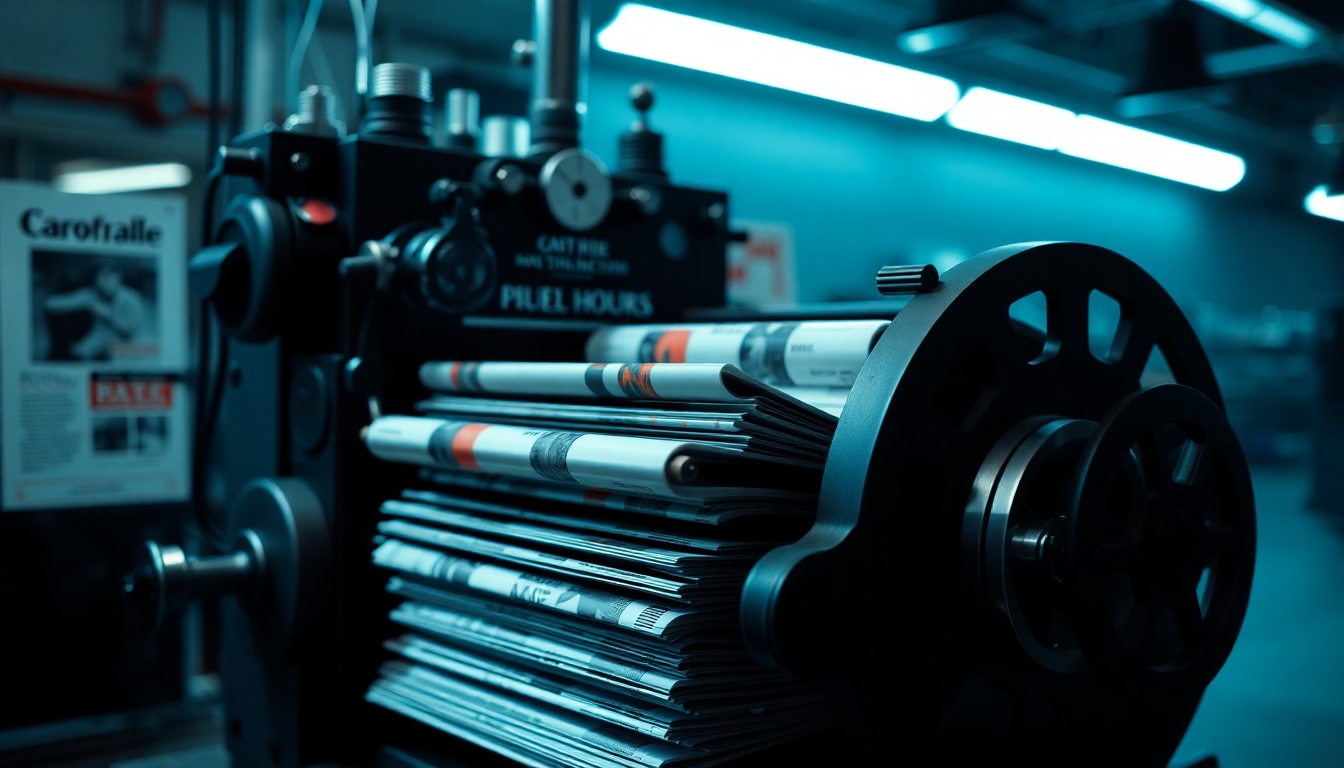Long-time media experts I know and respect will disagree with me on this one, but I’d like to make the case for ditching the word “magazine” for your digital product.
Publishing has been going through a long transformation in which print products have been converted into something like a digital equivalent. This has created the expectation that there is a print and a digital version of a book or a magazine.
Digital access to information is amazing, and having an entire library in a small device in your pocket is a wonderful blessing. But there is a small price to pay when we switch from paper to screens.
Studies show that understanding and retention suffer when we read on a screen. That’s because reading is more than just getting words past your eyeballs, and when we’re reading something in print, we’re absorbing a lot more information. Letters and pictures exist in a physical context, e.g., whether a section of text is on a right or a left page, nearer the top or the bottom, nearer the front or the back, close to that glossy picture of Napoleon, etc. We also feel the weight of the book in our hands, we smell the pages, we feel the texture of the paper, and there are many other sensory things that accompany the intellectual part of reading.
Those little clues go into our brains along with the words on the page, and they provide context that’s lost when all you get is a sea of words on a screen.
That sensory stuff is incidental to the content. “In a hole in a ground there lived a hobbit” means the same thing whether you’re viewing a large, leather-bound edition or a kindle. But studies have shown that the tactile part of reading helps you absorb and remember the content. It’s almost like “words on a screen” are a ghostly representation of a very physical, embodied experience.
I suspect this gap in retention between print and digital will be a temporary problem that will be solved with some clever display ideas. Not skeuomorphs – where design elements from print are ham-handedly recreated in digital, like that weird “the page is turning now” effect. But some genius will come up with new and better ways to enrich the reading experience and increase retention with digital publications. Those changes will, of course, make the digital publication even less like the printed publication. (Along those lines, see this: Reading on Screen vs. Print: New Analysis Thickens the Plot on Promoting Comprehension.)
All this is to point out something very obvious. A book or a magazine is a physical thing. You hold it in your hands and feel its weight and texture. You put it in your pocket, or stuff it in your backpack. You remember it as “the one with the purple elephant on the cover.” You display it on your coffee table, or on the bookshelf. People on the train can see what you’re reading. Then, later that afternoon, you lose it and you wonder, “where did I put my magazine?” — because it’s a thing that exists in a place.
As a thing, a magazine is bounded in certain ways. All the articles come out at the same time in an “issue.” They have to be laid out according to the limitations of the size of the sheet. There are only so many pages per issue, and the reader can’t easily access external resources, like past issues, or further information.
Each issue has a different cover, and while the reader doesn’t know this, magazines are so standardized that there are names for the different covers and ad positions. The magazine might have a cover wrap, or blow-in cards, or (heaven help us) scented pages. Some of the pages might fold out. The note from the editor might always be in the front, and the ads for gold coins in the back. Some readers will flip through. Some will read cover to cover. Some will read back to front. Some will read it with a pen or a marker in hand.
All these concepts — front and back, covers, folds, etc. — are all bound up with the physical reality of the magazine, and they contribute to the expectations we have about “magazines.” I could list many more. The point is, there’s a lot of freight that comes along with the word “magazine” that goes way beyond the bare content. The magazine can’t be reduced to the words and the pictures.
Because of that, I say it’s misguided to try to duplicate a magazine on a computer. It’s simply not the same thing, and it shouldn’t be. To the extent a publisher thinks about a publication as having a print and a digital edition, to that same extent the publisher is limiting both of them. As a practical example, consider something that makes a lot of sense in print — “see the chart on the next page” — that doesn’t work in digital. Those elements are there because they’re helpful, but they’re connected to the physical nature of the magazine.
This creates a situation where the editor is likely to remove things from the print edition — things that are very helpful in print — so the text will convert easily to the digital edition. In other words, the print edition is becoming less useful to accommodate the conversion to digital.
Now let’s think about a digital publication.
It doesn’t need a cover, and you can’t choose between different types of paper. Color is free on a digital device (that has color — it might not), but you can’t control what size screen your content will be displayed on, and the text can’t say things like “that image on the previous page.”
A digital publication can include audio and video. Like print, it can also include a Sudoku puzzle, or a crossword, but the way you do such a puzzle in print is different from the way you do it on a computer.
Articles in a digital publication don’t have to be published simultaneously. The idea of an “issue” is largely irrelevant (although it doesn’t have to be). There’s virtually no page limit on a digital publication. Since it exists in the digital world, you can add opportunities for discussion, or social sharing.
The guy in his arm chair with a magazine can’t immediately look up a new word, or go back to an article from last year, but those things are simple in a digital publication because it exists in an entirely different ecosystem. Reading a magazine is immersive, but limited. The world is at your fingertips with a digital publication.
The digital publication is simply a different thing, and it needs to be thought about differently. By calling it a magazine, a publisher will have to fight the tendency to think of one publication with two editions: print and digital, and I’m proposing that kind of thinking will limit both versions and make for weaker products.
Print does some things very well. By all means do those things in your magazine. Digital does other things very well, and offers a world of new possibilities. Do those things in your digital product.
Or, to put it another way — Imagine a list of things that work well in print. Then imagine another list of things that work well in digital. If you have one publication that is sold in two editions — print and digital — your publication will tend to only include elements that are on both those lists, thus weakening the product.
Let’s talk
I hope you found this post helpful, or at least thought-provoking. If have any questions or great ideas you'd like to discuss, please let me know, or post a comment. I'd be happy to discuss your unique situation and challenges.
Finally, if you know someone who could benefit from this information, please pass it along.





Having spent almost 20 years (’89-’08) as executive head of the UK magazine publishers’ body PPA with the mission to “promote magazines as a brand” I very much hope the term will continue to be embraced by digital and print publishers of “magazines” as well as tv and radio producers. The term aptly describes the compendium nature of a product comprising “content” in the form of written and/or photographic articles on items of topical interest and should not – and probably cannot – belong exclusively to any specific genre more than any other.